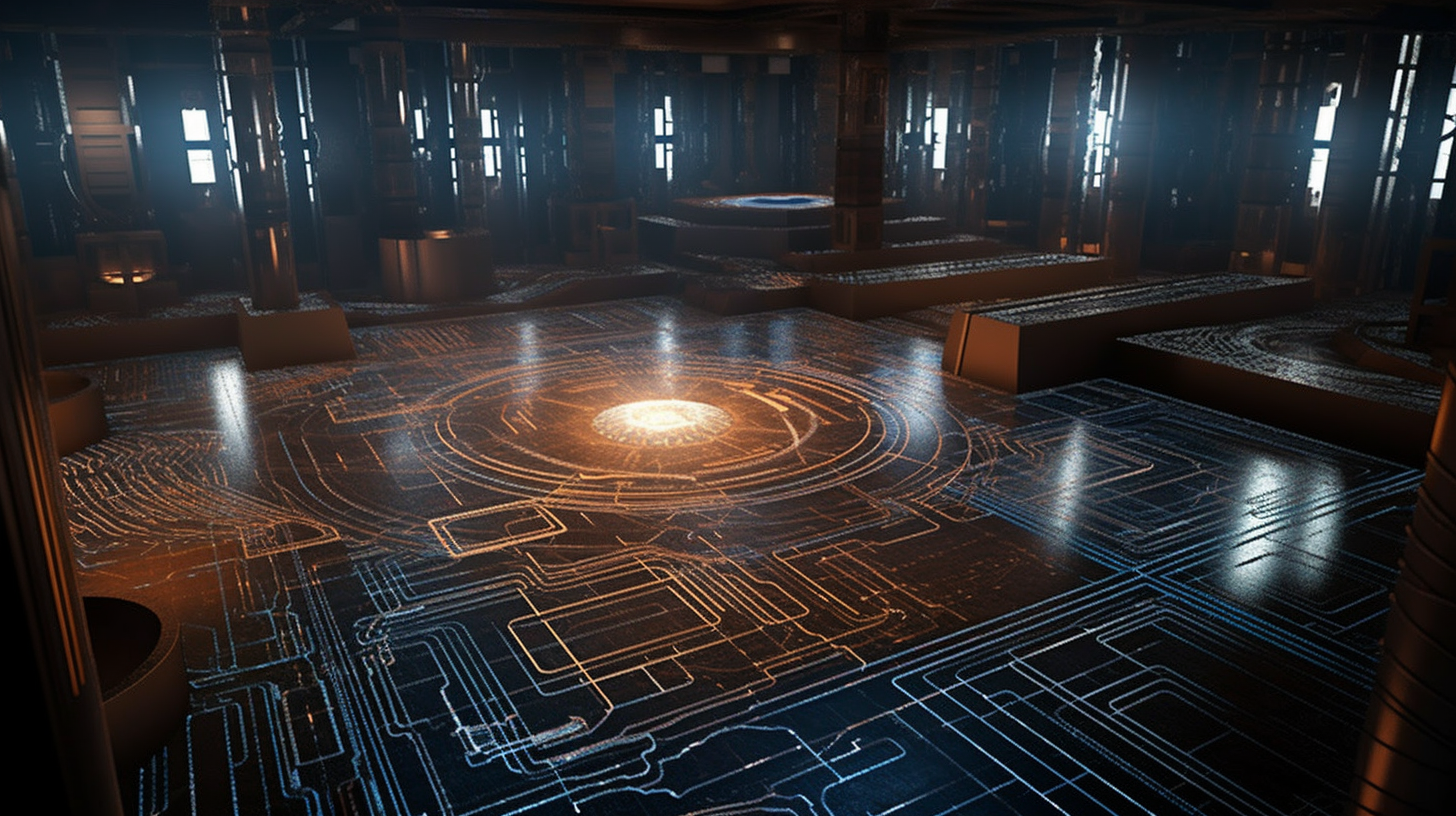Unraveling the Fundamentals of Cryptographic Concepts: A Comprehensive Guide for CompTIA Security+ (SY0-601) Exam Takers

Oh, the world of cryptography! Imagine this: you're navigating through a labyrinth bursting at the seams, cracking complex riddles, cryptic signs, and ciphers. You're juggling a lot, aren't you? But brace yourself, dear reader! I'm gearing up to spin a yarn that slices through the complexity of cryptographic concepts for the CompTIA Security+ (SY0-601) exam. So, buckle up, get a cup of Joe in hand, and prepare to start your journey to Cryptoland!
Decoding Cryptography: Where It All Starts
Shall we kick things off? 'Cryptography' originates from the Greek roots 'kryptos', which means 'hidden', and 'graphein', which means 'to write'. Bingo! To put it simply, cryptography involves crafting or cracking codes. But, wait a minute! Cryptography involves more than hard-to-read codes and baffling ciphers. Cryptography skillfully combines mathematics and computer science to create a secure communication channel. An absolute game-changer, cryptography is the unsung hero safeguarding your information in the digital world.
The Academia of Cipher and Codes: The Nitty-Gritty Tech Details
Riding the nerdy train, we dig further into the academic aspects of cryptography. Cryptography generally splits into two major categories: symmetric and asymmetric. Our first stop, symmetric cryptography, follows a traditional approach, using the same key to encrypt and decrypt. The Data Encryption Standard (DES) serves as a key example, even though brute-force attacks expose its vulnerability. On the other hand, our second stop, asymmetric cryptography, uses two different keys: a public one for encryption and a private one for decryption. Riding high on security, the RSA algorithm is a superstar in this realm.
Honestly, cryptography is no bed of roses. Its landscape is spotted with algorithmic complexities, key management issues, and the perennial risk of quantum computing, capable of handing traditional encryption its hat. Thus, understanding how cryptographic mechanisms function under the hood, their strengths, weaknesses, and potential loopholes, becomes pivotal for any CompTIA Security+ aspirant.
Cryptographic Concepts by Numbers: The Stat Story
Well, numbers do tell a tale, and in the world of cryptography, the story they spin is both intriguing and enlightening. According to the Global Encryption Trends Study 2021, a staggering 50% of organizations extensively use encryption, a leap from a modest 40% in 2020. Moreover, the study reveals that 'protecting enterprise intellectual property' and 'compliance requirements' are the driving forces for an increased encryption application, both at 54%.
A noteworthy statistic is the rise of Hardware Security Modules (HSMs), with 42% of respondents using them extensively for encryption and key management. Equally remarkable is that encryption usage is highest in the tech and software sector, clocking in at a whopping 65%. After all, the buck stops at cybersecurity in today's digital era.
Still, the cryptography path doesn't always run smooth. The Ponemon Cost of Cyber Crime Study reveals a dramatic increase in the average cost of cybercrime for an organization, skyrocketing from $1.4 million in 2015 to an eye-watering $13.0 million in 2019. These numbers stress the escalating significance of cryptographic knowledge for cybersecurity professionals and emphasize that organizations must always remain one step ahead of potential attackers!
Having journeyed through the labyrinth of cryptography, one can't help but appreciate the pivotal role it plays in the digital terrain. It's like the invisible knight, constantly protecting our data from the myriad of cyber threats looming in the shadows. So, to all the CompTIA Security+ Exam hopefuls, as you delve into cryptographic concepts, remember, you're not just learning codes and algorithms, you're unlocking the secrets to secure the digital fortress!